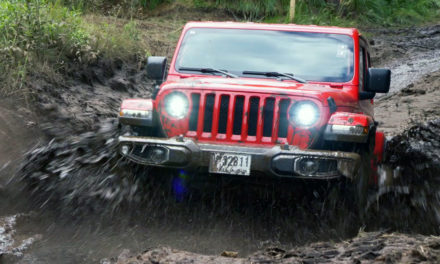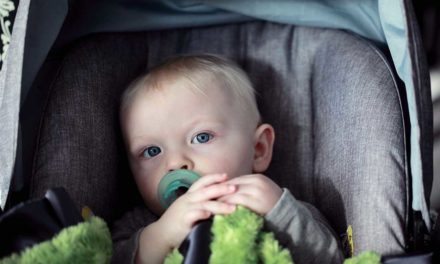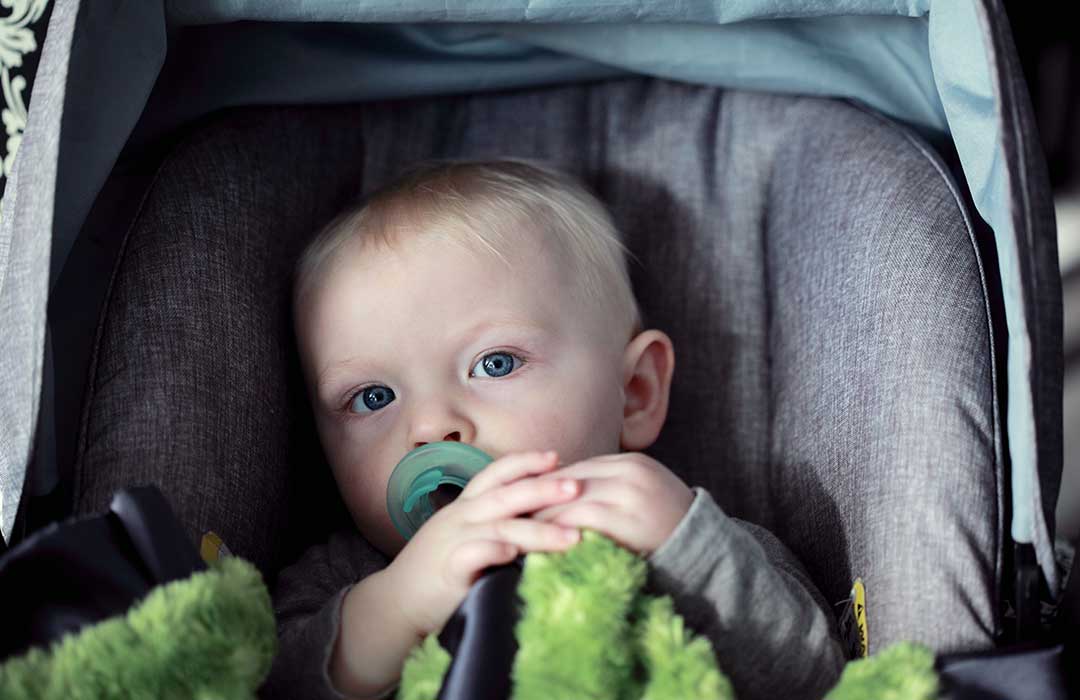
F
ind any group of people and ask what they treasure most in the world. The answer will invariably be, “Our children.” Ask what they would do to protect their children and the answer, also invariably, will be, “Anything.”
Which makes it rather ironic that the top killer of children between the ages of 1 through 12 is car accidents, usually while their parents are driving the car.
To be fair, most parents do take precautions when taking their toddlers with them in their cars, but unfortunately too many simply assume that throwing a car seat in the back is enough protection for a child. The result of that assumption is thousands of child fatalities in car crashes every year.
To avoid such a devastating event, parents need to understand that when it comes to children and cars, the safety rules change.

“Unfortunately too many parents assume that throwing a car seat in the back is enough protection for a child”
We’re accustomed to choosing cars that come with safety features such as airbags. Unfortunately, while that feature can save the life of an adult, a deployed airbag can actually kill a child, even in a car seat. In order to protect a child from any eventuality while in a car, parents must adopt a different set of safety guidelines.
For starters, never place a child’s car seat in the front, and certainly never facing forward. If the airbag deploys, it will hit them in the face and cause serious injury. In rear facing child seats, it will hit the back of the seat and injure the back of the child’s head, or even prove fatal.
Resist the urge to put infants in forward-facing seats, no matter how adorable they appear in the rear-view mirror. Kids should ride in a rear-facing car seat, in the back seat, up to the age of 2, or until they’re at least 16 kg or have reached the maximum height recommended by the seat manufacturer. Also make sure they’re in the middle of the rear seat, at a safe distance from any side airbags in the back, and at as much distance as possible from any side collisions.
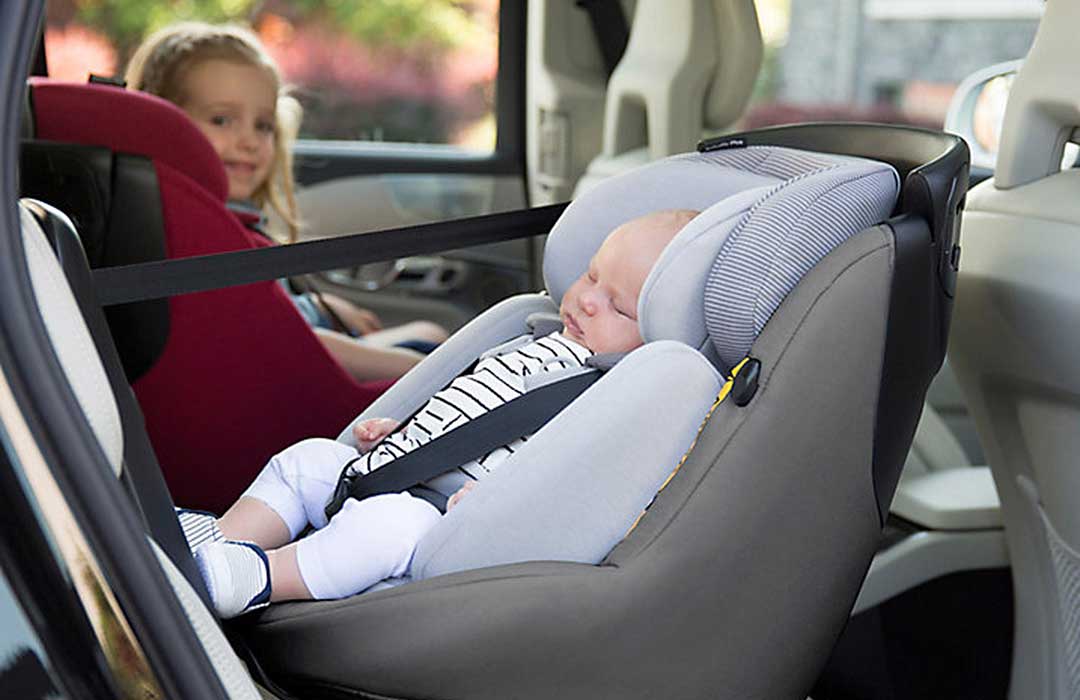
After the age of 2, you can switch to forward-facing seats. Make sure, however, that the seat is installed properly by following the manufacturer’s instructions, using either the car’s seat belt or the Lower Anchors and Tether for Children (Latch) System. The tether strap that hooks to the top of the seat also provides additional stability. Along with the harness, the tether restricts the seat’s forward movement in the event of an accident
Eventually, when your child is between 18 and 36 kg, you can switch to a booster seat, which allows a seat belt designed for adults to fit correctly around a child. But just the same, it is preferable to keep a child in a car seat for as long as possible.
Do not dress your children in bulky clothing while in the car seat; the thick garments prevent the harness from properly protecting your child, or can even compress in a crash and cause injury. Keep the thick outerwear for outside the car.
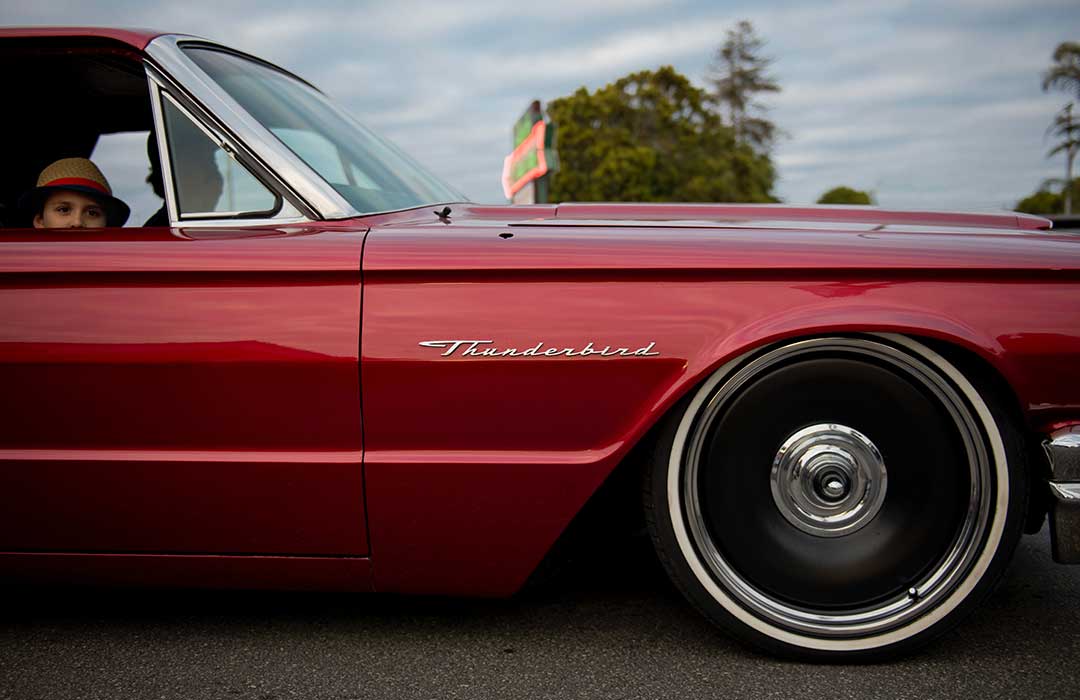
Most kids can use a safety belt somewhere between the ages 8 and 12, when they’ve reached the height of about 1.5 meters. At that point they should be able to sit comfortably in the back with their knees bent at the edge of the seat.
Also remember that the place for car seats is in the car. Using them as seats at home can compress the child’s chest and prevent adequate supply of oxygen, causing long-term damage.
When buying a car seat, the best policy is to never purchase or acquire a used one. You’ll never know whether it’s been in a crash, meaning its safety threshold could have been compromised. It may also not have the proper instructions, or may be missing key components that deprive you of the seat’s complete protective capabilities. This is, after all, your child, your biggest treasure: Just err on the side of caution and get a new car seat.
It really isn’t that complicated, and these guidelines become effortless habits after a few tries. With just a bit of extra care, children can travel as safely as anyone else, and parents can drive them around safe in the knowledge that they’ve taken all precautions possible to avert disasters.
A version of this article appeared in the print edition of The Daily Star on April 20, 2013



